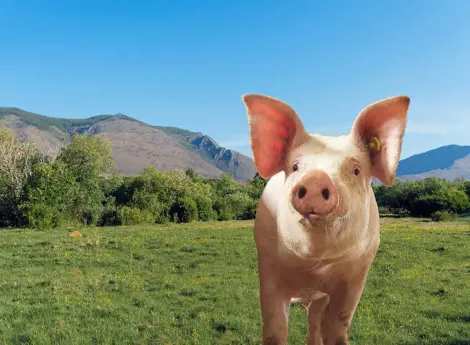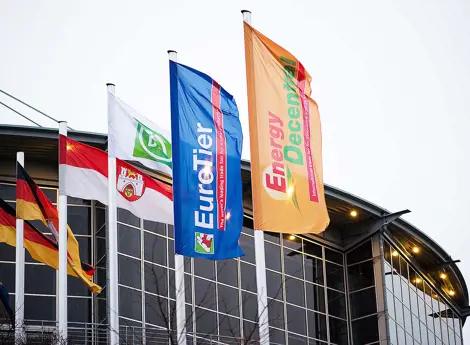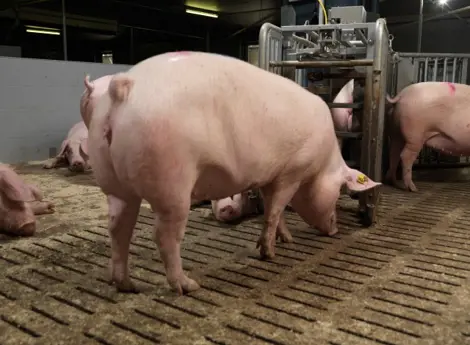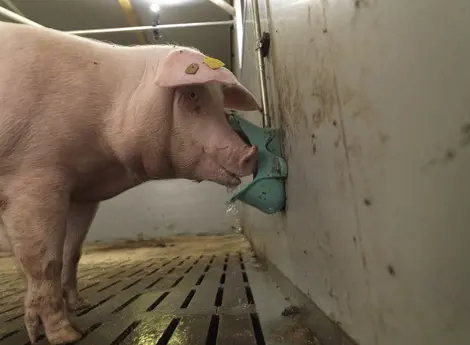Proper sow milk supplementation is crucial
Due to improved sow genetics the number of piglets per litter has been going up for years. For pig farmers it is quite a challenge to raise all of these piglets in good health. A larger number of piglets per litter means a decline in birth weights. This makes feed supplementation all the more important.
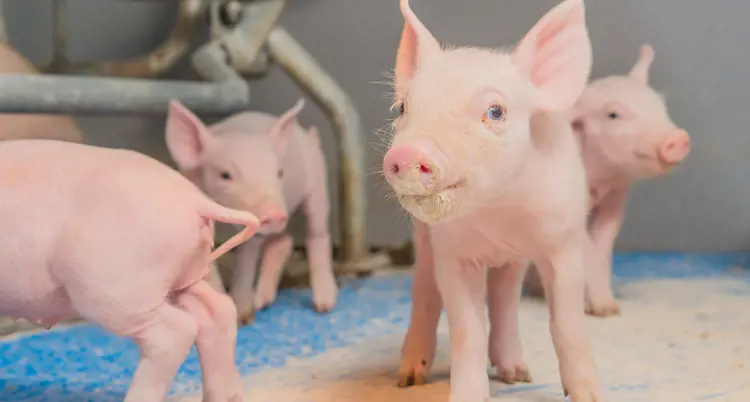
Low Birth Weight
For every piglet that is born in excess of 14, the birth weight drops by approximately 35 grams per piglet. As a result the birth weight in a 17-piglet litter can be as much as 100 grams per piglet less. It is important that these lighter piglets consume sufficient colostrum. In large litters it is therefore good to have the piglets drink in turns. This ensures that each piglet receives sufficient colostrum, because as you all know proper colostrum intake is essential for the piglet's continued development.
Supplementation
The preference is for piglets to be raised by their own mother, but in case of large litters, the sow's milk production often is a limiting factor. This is why it is wise to supplement the piglet's feed with Koudijs’ Nursemilk starting as early as day two. The faster a piglet comes in contact with nutritional products other than just sow milk, the better the intestinal system adjusts to the digestion of these high-quality feeds. Koudijs’ range of piglet feed are excellent supplements to sow milk.
Adjusting to the Feed
The sooner additional piglet feed is provided to the young piglets, the more piglets will start eating it before weaning. This is why it is important to start early with feeding Koudijs’ Piglet feed. Providing Nurse milk at an early stage ensures that piglets learn to eat at a very young age. This means that more piglets in the litter will start taking in feed and the average feed intake will be higher. In addition, they will be weaned at a higher weight and will start up easier and in better health after weaning. We have demonstrated this time and again in various trials.
Preventing Weaning Dip Piglets that consumed sufficient milk/feed in the farrowing room exhibit fewer problems after weaning. This is because these piglets will have a gradual feed intake after weaning. They consequently do not display the well-known weaning dip. Early and sufficient supplementation in the farrowing room therefore pays off.

